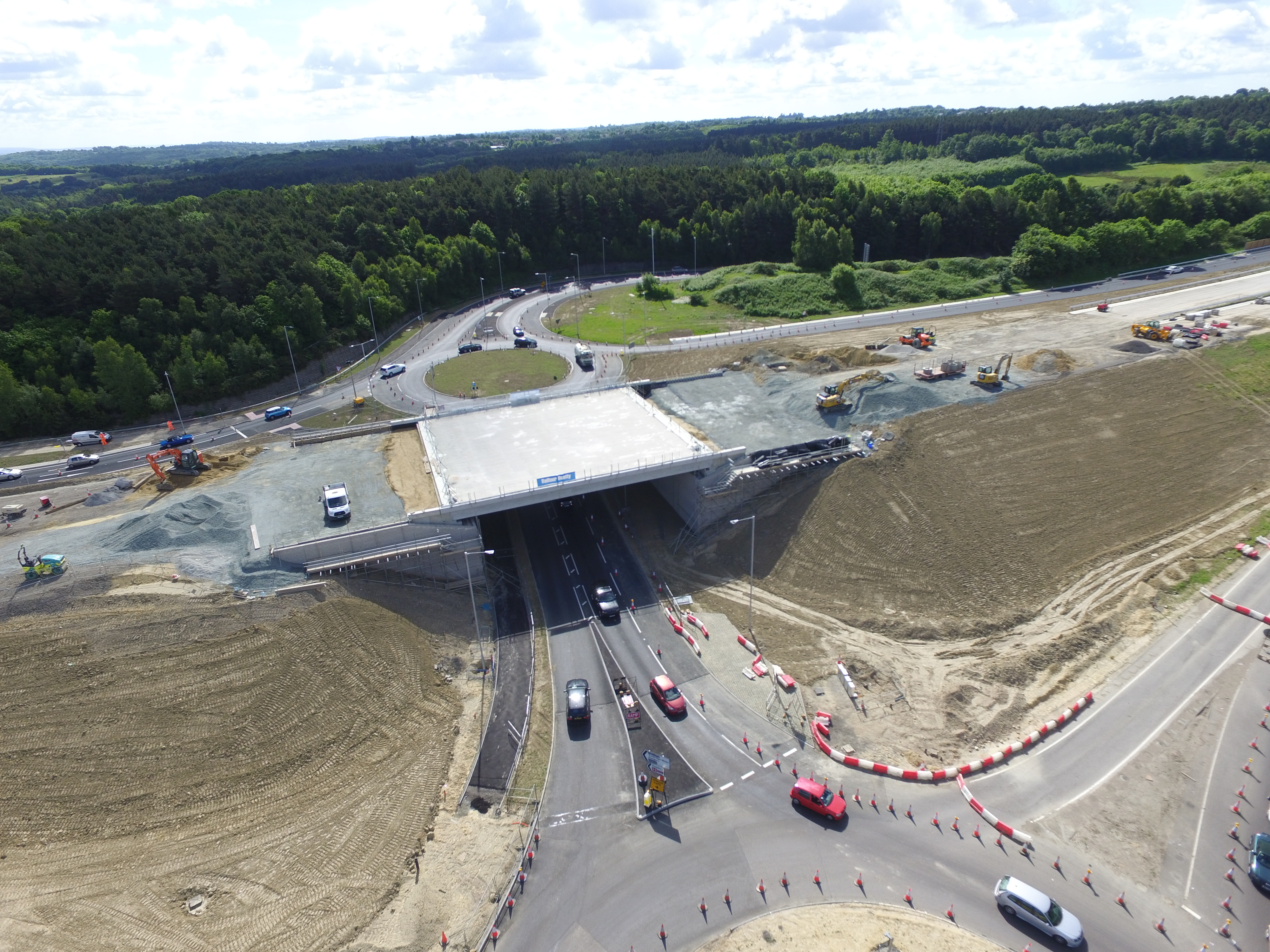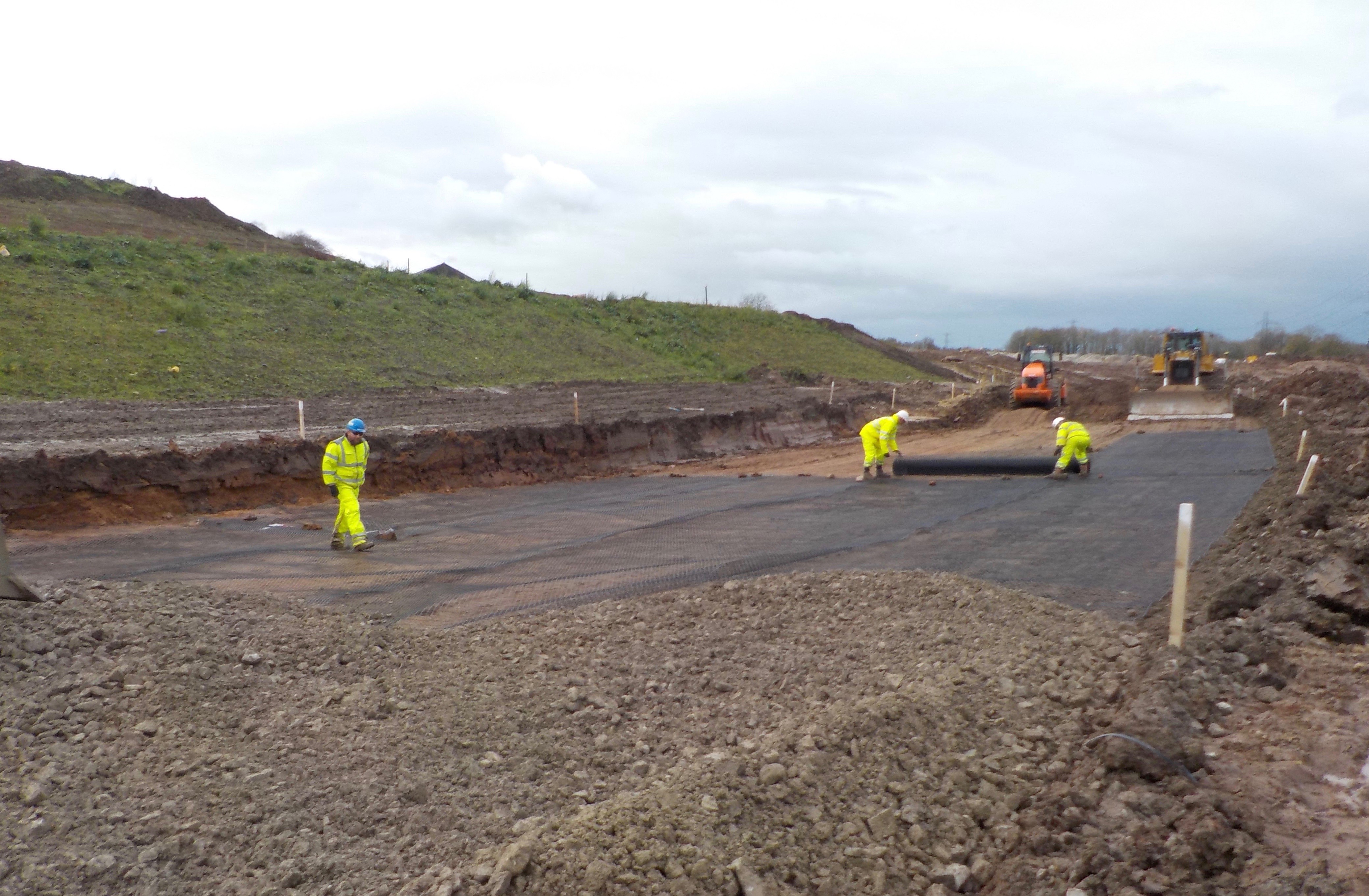Overcoming barriers to highway innovation
by Rajit Rajaram, on May 27, 2020
Removing barriers to adopting innovation, and ensuring standards keep pace with technical developments, is essential if we are to meet future highways infrastructure needs.
In March 2020, just before the coronavirus pandemic, the UK government announced a £27bn road building programme over the next five years, with spending on upgrading the existing network, as well as construction of new routes.
While it is unclear how much of an impact COVID-19 will have on future spending, the UK is not alone in continuing to invest in its road networks. However, coupled with this spend is a drive to deliver safe infrastructure efficiently, with schemes that offer value for money (in terms of both construction and whole life costs) and minimise their environmental impact.

£27bn is set to be spent on the UK’s highway infrastructure between 2020 and 2025
Meeting these targets essentially boils down to mitigating risk – a large proportion of which lies in the ground. It is incredibly difficult to predict every possible situation arising during construction.
Designing to actual ground conditions can deliver more appropriate solutions, mitigate risks and ultimately add more value. This does not necessarily mean spending more but requires a change of approach and wider acceptance of ‘alternative’ designs. Inevitably, design codes and standards lag behind technological advances but in some sectors, they are now many years behind.
Geogrids in road pavement design
As I discussed in the Power of Pavement Optimisation blog a few weeks ago, aggregate layers mechanically-stabilised with Tensar geogrid can help to delay early failure of flexible pavements, reducing asphalt rutting and cracking and making roads safer, for longer.
Pavement Optimisation can reduce the overall thickness of a pavement, so fewer materials are used, reducing embodied energy and CO2e emissions, with fewer vehicle movements during construction. Finally, construction is also faster, safer and can deliver better value for money.

Tensar stabilising geogrids have been used on thousands of highways projects around the world over the past 30 years.
However, while Tensar geogrids have been used on thousands of road projects around the world for the past three or four decades, they are often viewed as alternative solutions because they are not specified in design standards.
This is despite a wealth of empirical evidence and independently-verified research commissioned by Tensar that has demonstrated the performance benefits of incorporating our geogrids in flexible pavements, including research carried out by the US Corps of Engineers.
Fortunately, clients are beginning to realise that sticking to normal practice is not going to help them meet their ambitious infrastructure plans. Highways England, for example, is actively engaging and collaborating with its supply chain to explore how it can work with specialists to tap into new techniques and approaches.
At Tensar, we believe building better relationships is at the heart of infrastructure’s future success. Encouraging engagement, collaboration and knowledge sharing, and providing forums to allow the supply chain to match its expertise with clients’ needs, are all essential for delivering reliable, robust and safe infrastructure for future generations.
That is why we started this blog series last year and why we run our regular Tensar Academy webinars. The next webinar on 4th June 2020, will be hosted by our UK Highways Team and focus on Pavement Optimisation, and the significant benefits it brought to the Finningley and Rossington Regeneration Route Scheme in Yorkshire.



